Feb 2nd 2018 - J. Vigotsky
Healthiest Fish to Eat for Nutritional Benefits
It’s common knowledge that seafood not only tastes delicious but also offers a litany of health benefits. However, the term seafood is wide-encompassing, and different types of fish have unique nutritional profiles. The following information will help you and your servers educate patrons about the benefits and concerns associated with 4 of the healthiest fish to eat.
Salmon

High in omega-3 fatty acids, salmon makes it easy for your body to satisfy its weekly fatty acid requirements. While the consensus is that a healthy adult should get at least 250-500 mg of combined EPA and DHA per day, a mere 3-ounce piece of salmon contains can contain 1.1-1.9 grams of omega-3 fatty acids! By eating just two servings of salmon per week, your body will have more than enough fatty acids—which are good for decreasing inflammation, reducing blood pressure, decreasing the risk of cancer, and improving arterial function. Other benefits of salmon include the fish’s B vitamins, potassium, and high protein.
When talking about salmon, a subtle distinction needs to be made between wild and farmed salmon. Wild salmon offers far greater health benefits than farmed salmon and consequently can be as much as twice as expensive. While farmed salmon provides approximately 1,200 mg of omega fatty acids per 4 oz., farmed salmon boasts upwards of 1,500 mg for the same size serving. If you opt for farmed salmon, make sure it comes from inside the United States or was raised in a controlled environment like a tank system.
Tuna Fish
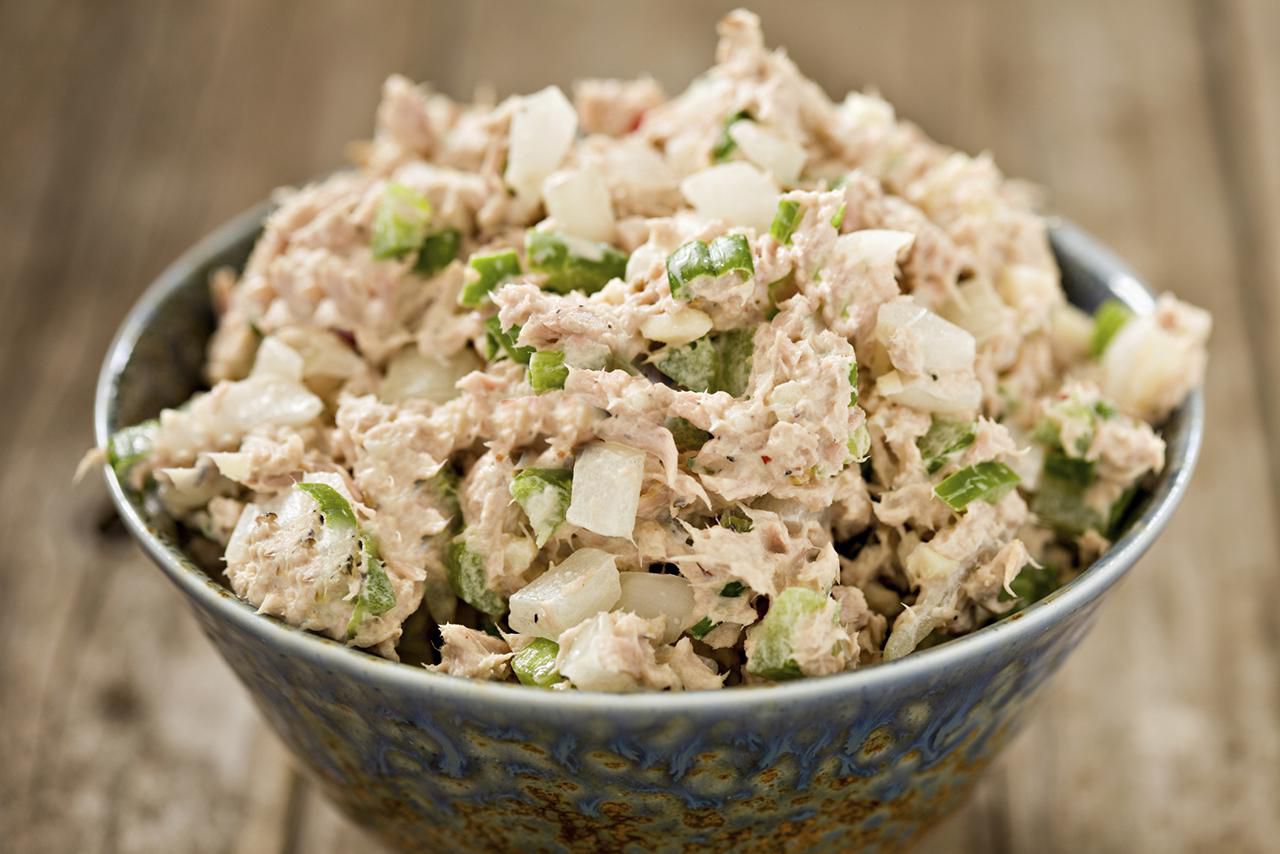
Affordable and delicious, tuna fish is great for salads and sandwiches. A significant source of both protein and omega-3 fatty acids, tuna is also high in mercury. Consuming too much mercury can lead to irritability, nerve damage, memory loss, and problems balancing. This means diners should opt for tuna just a few times a week rather than daily. Since canned tuna is easy to store and seemingly lasts forever, it’s a great option for food services and restaurants.
Tilapia
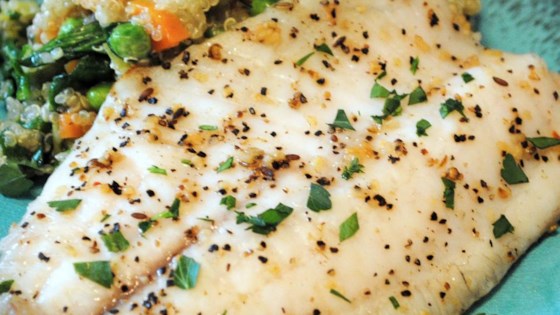
Tilapia has a neutral taste that allows chefs to by infuse the fish with unique flavor via spices and seasoning. Offering a myriad of health benefits, a single serving of tilapia fulfills 15% of our daily protein requirement. While the fish is high in protein, it’s also conveniently low in calories. This makes tilapia a great choice for anyone who’s on a diet and trying to lose weight. Tilapia is also great for bone health and is rich in selenium, which can help prevent premature aging of the skin. For safety reasons, it’s recommended that tilapia should only be bought from U.S. fisheries or other countries with strict regulations when it comes to fisheries.
Rainbow Trout

With 19 grams of protein per 3 oz. serving, rainbow trout provides diners with what they need to maintain strong muscles. The fish is also rich in phosphorous, which assists in digestion and ensures bones and teeth are of adequate strength. Furthermore, rainbow trout has relatively few contaminants compared to other seafood. So long as the trout you’re consuming rainbow trout that’s properly farmed, there is a minimal chance of ingesting mercury and PCBs.
Salmon, Wild-Caught (including canned)

Mercury and lead levels in wild-caught salmon are quite low. Pink and sockeye salmon from sustainable fisheries around the world (especially in Alaska) also meet the criteria for having reduced levels of mercury and lead. Consider this to get a sense of how effectively the state of Alaska manages its salmon fisheries: To determine how many wild fish return to spawn, researchers are stationed near river mouths.
As was done previously with certain Chinook fisheries, the fishery is closed if the numbers drop too low. Alaska's wild-caught salmon are healthier (they contain more than 1,500 mg of omega-3s per 3-ounce serving and carry few pollutants) and more sustainable than any other salmon fishery because of stringent quotas and rigorous management of water quality.
You may save money while still eating healthy by purchasing canned salmon. In addition to being an excellent source of omega-3 fats, canned salmon is also a fantastic non-dairy calcium supply. Most adults need between 1,000 and 1,200 mg per day, and a 3-ounce dose has 241 mg. Check the label to be sure, but canned wild salmon is most often sockeye or pink Alaskan salmon.
Read More:
What Is Masago? Dishes, Health Benefits And More
Herring
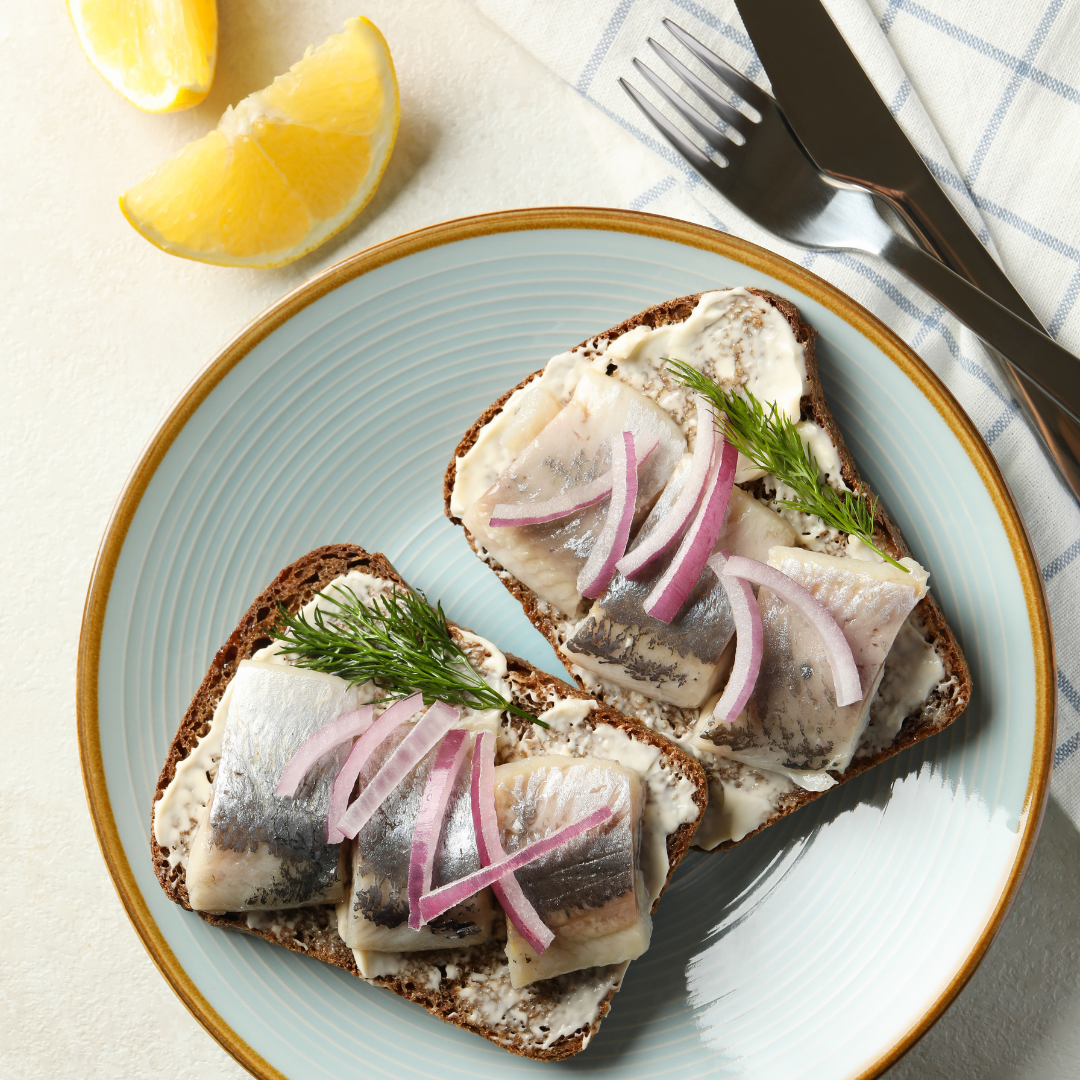
With almost 1,300 mg of omega-3s per 3 ounces, herring is a staple of the Nordic Diet. This makes it more nutritious than sardines, trout, and mackerel. Vitamin D and selenium are both abundant in this food. While fresh herring is always a welcome option, you're more likely to find it tinned, cured, or smoked.
When shopping for herring, Seafood Watch suggests looking for California herring taken in set gill nets or Atlantic herring fished in purse seines. Even if you haven't developed a close relationship with your neighborhood fishmonger, he or she can nonetheless assist you in determining where to acquire your preferred fish.
Orange Roughy
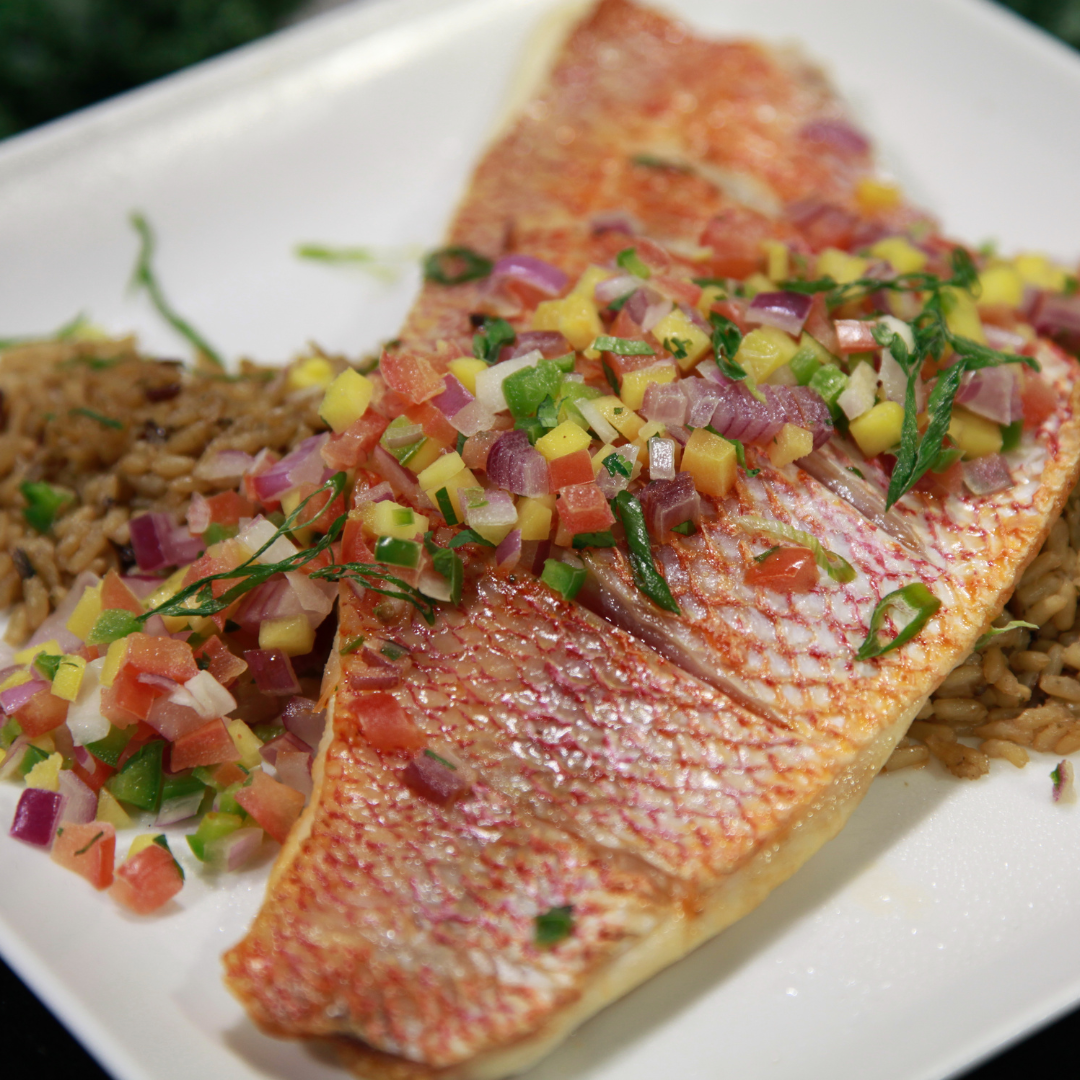
Because of its long lifespan and low reproductive rate, this fish is at risk of being over-harvested. The EDF states that the lifespan of orange roughy can reach up to 149 years. This also means it's quite rich in mercury, prompting a health warning from EDF.
Mahi-Mahi — From Costa Rica, Guatemala & Peru
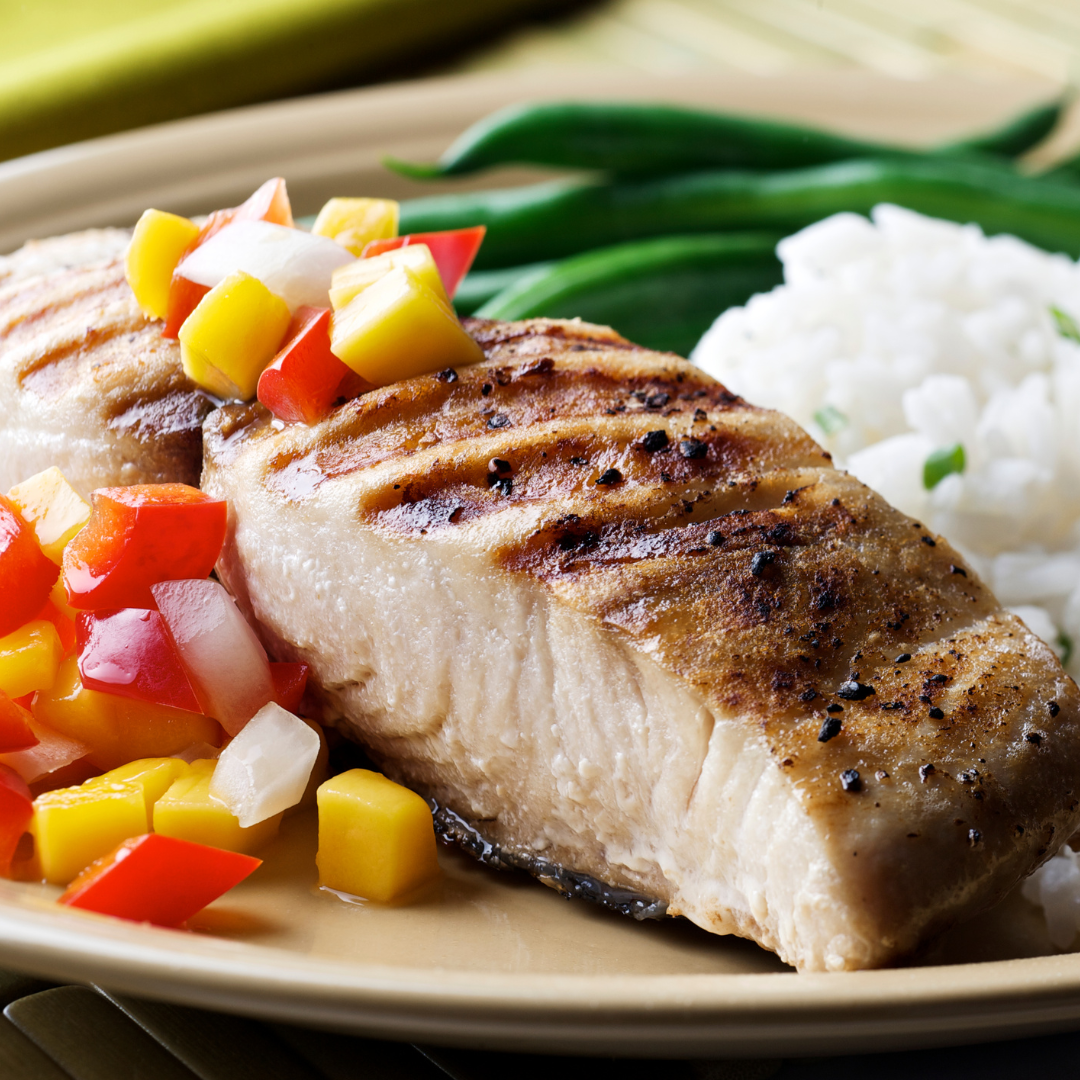
The Environmental Defense Fund lists imported longline mahi-mahi, often known as dolphinfish, as one of the least eco-friendly fish. When mahi-mahi is fished, there is a risk of bycatch, such as sea turtles, seabirds, and sharks becoming entangled in the gear and drowning. In contrast, mahi-mahi harvested in the United States and Ecuador using troll lines is recommended as a "Good Alternative" by Seafood Watch.
Halibut, Wild-Caught — Atlantic
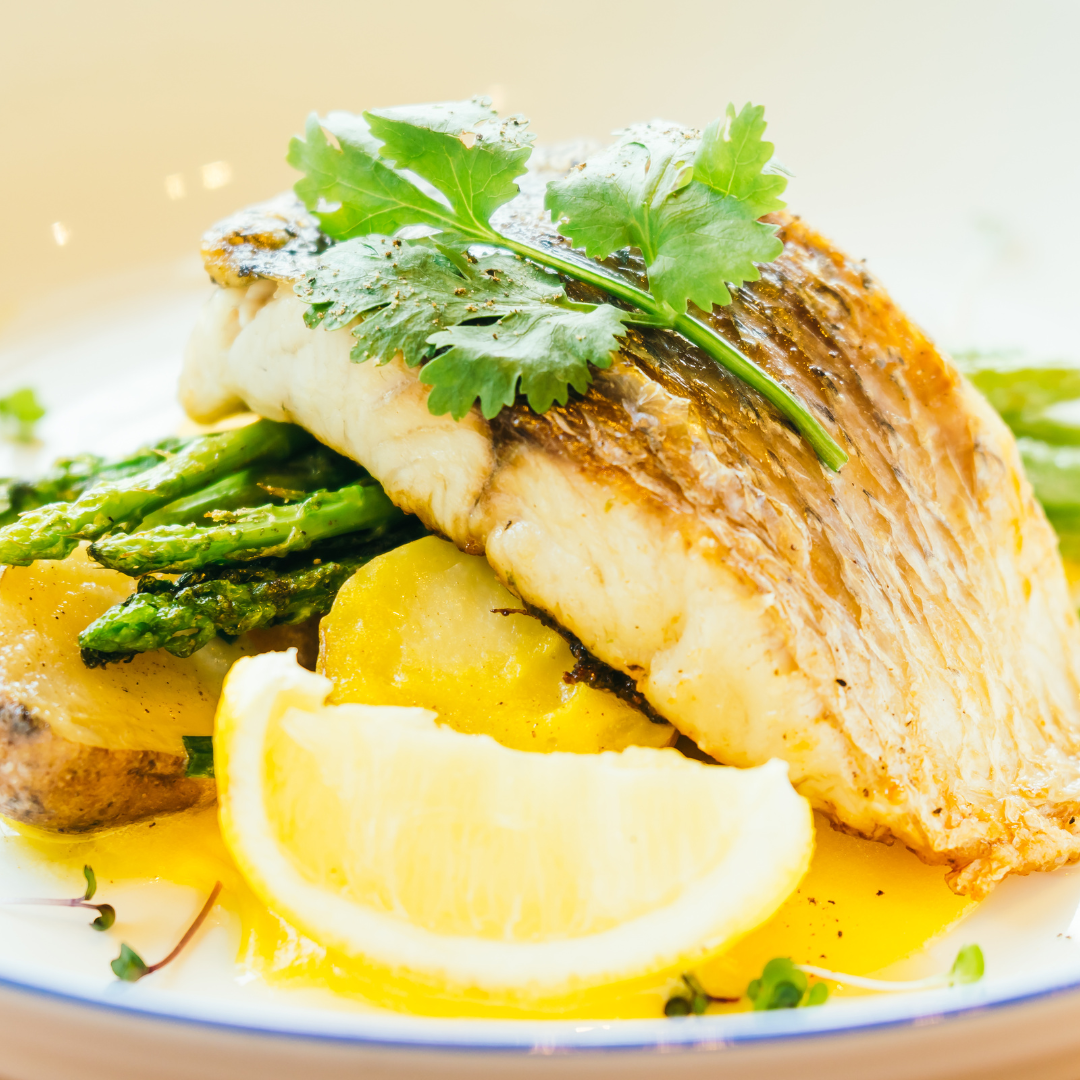
Overfishing is a threat to this species because of its slow growth and extended life span (up to 50 years). Atlantic halibut are only found in the North Atlantic Ocean, however, due to overfishing, commercial harvesting of this species is illegal in the United States. The Pacific halibut is a viable option since it is caught in fisheries that are responsibly managed and cause minimal damage to marine ecosystems and bycatch.
Related Articles:

